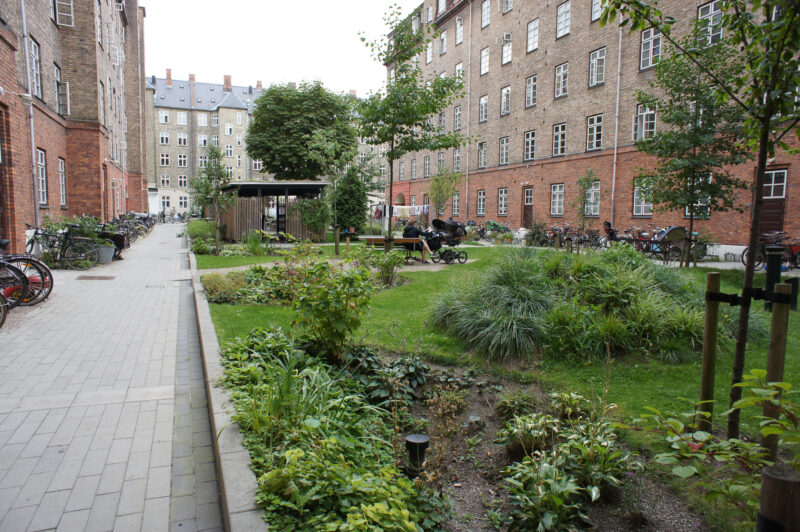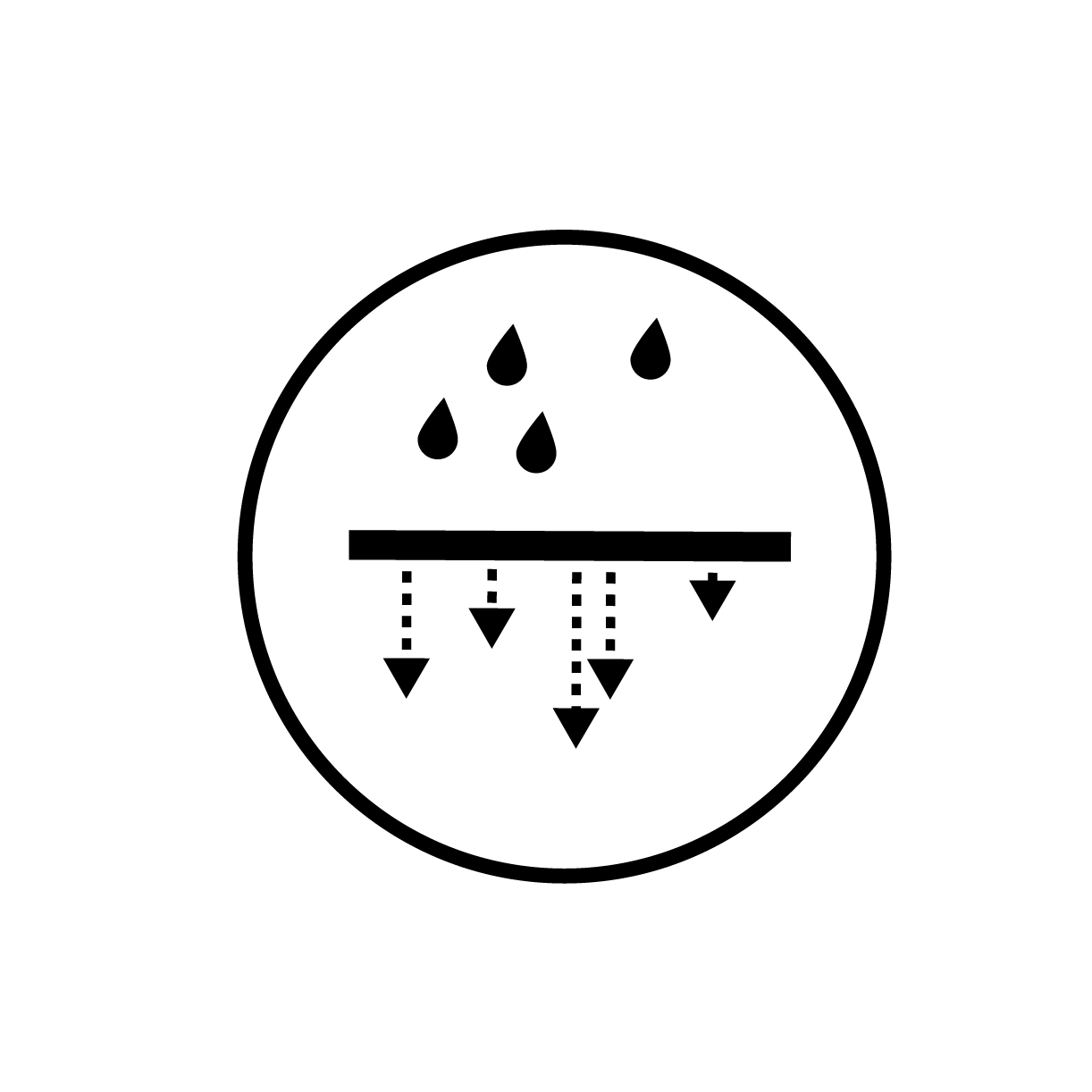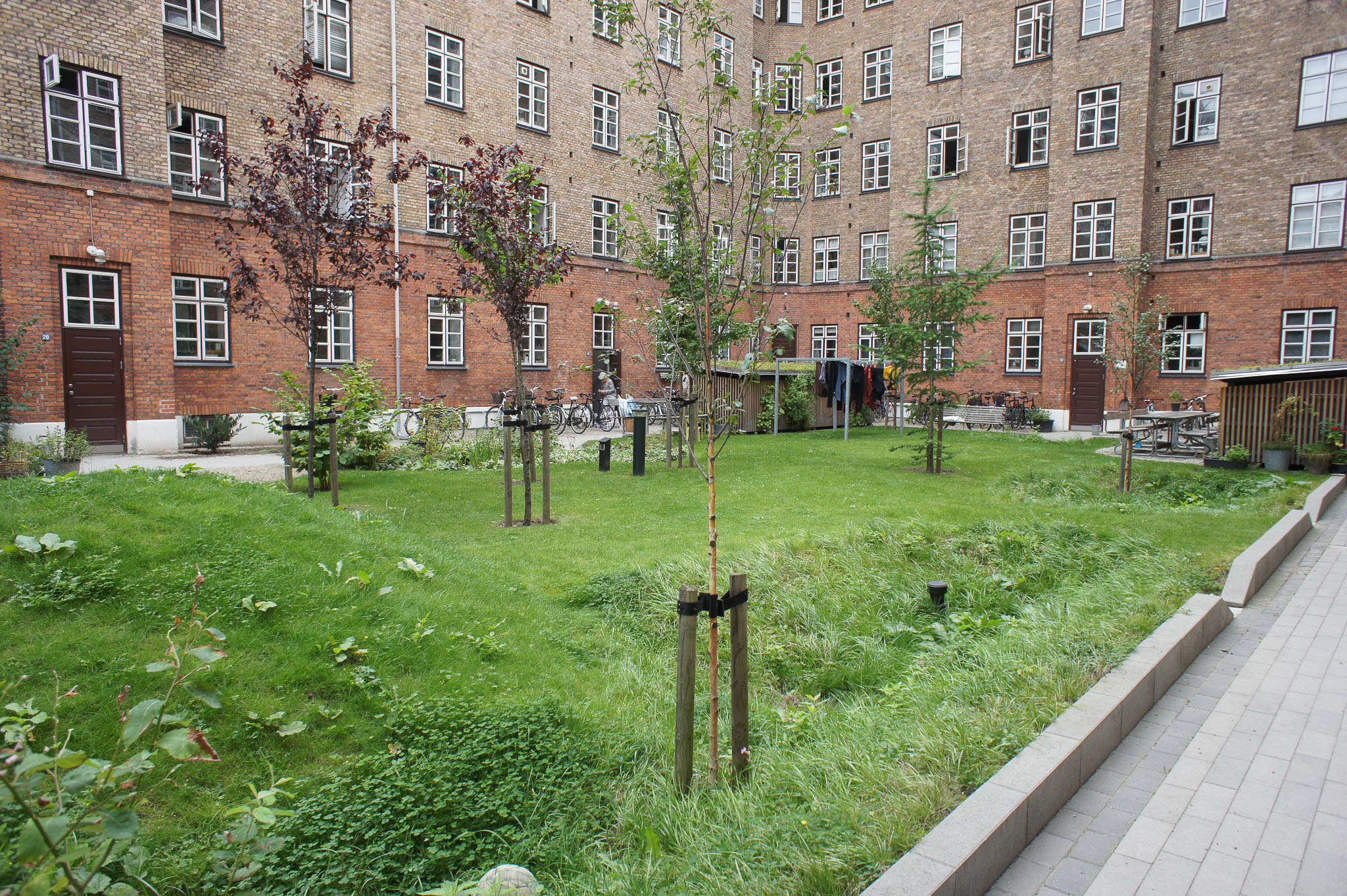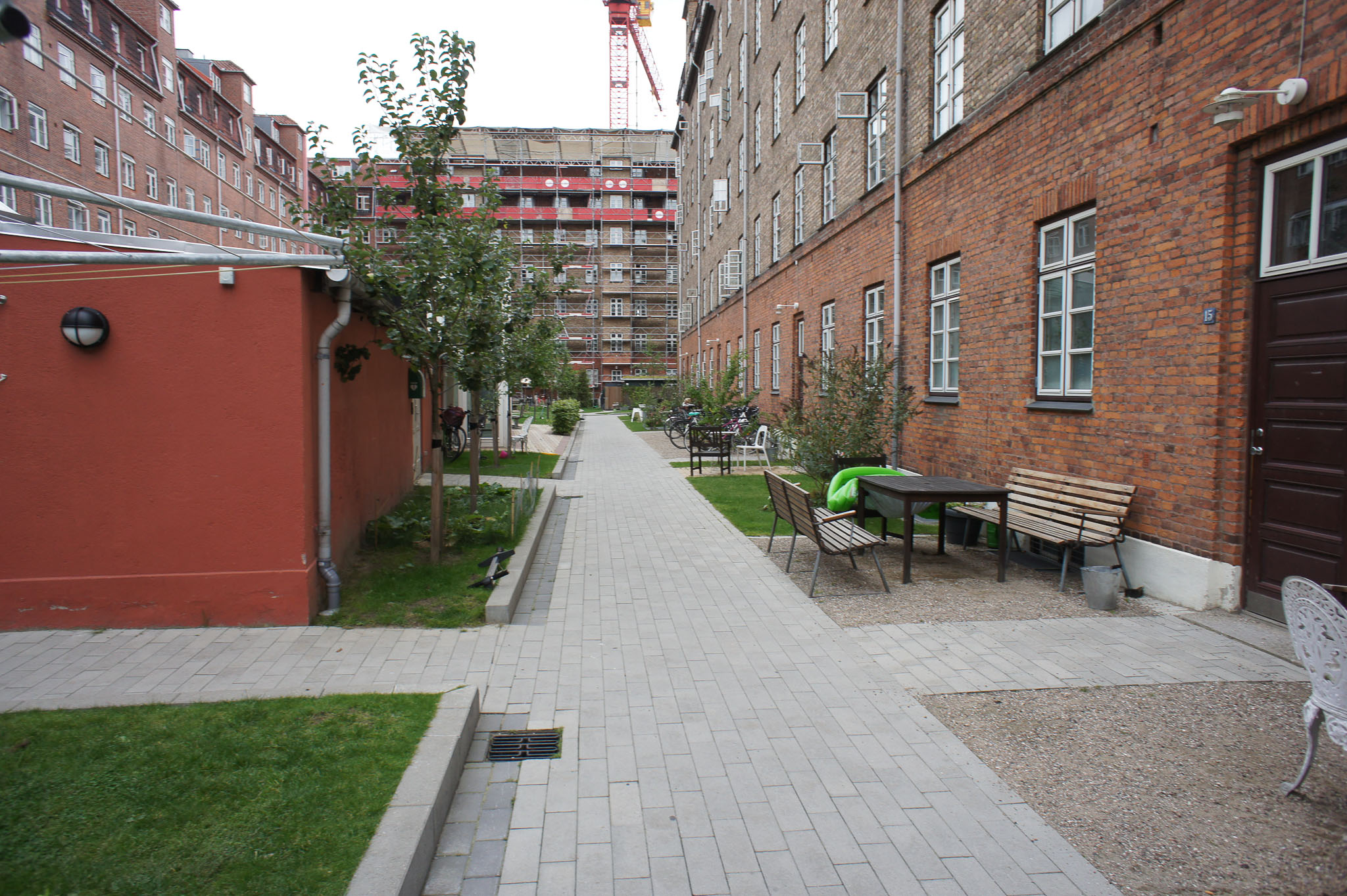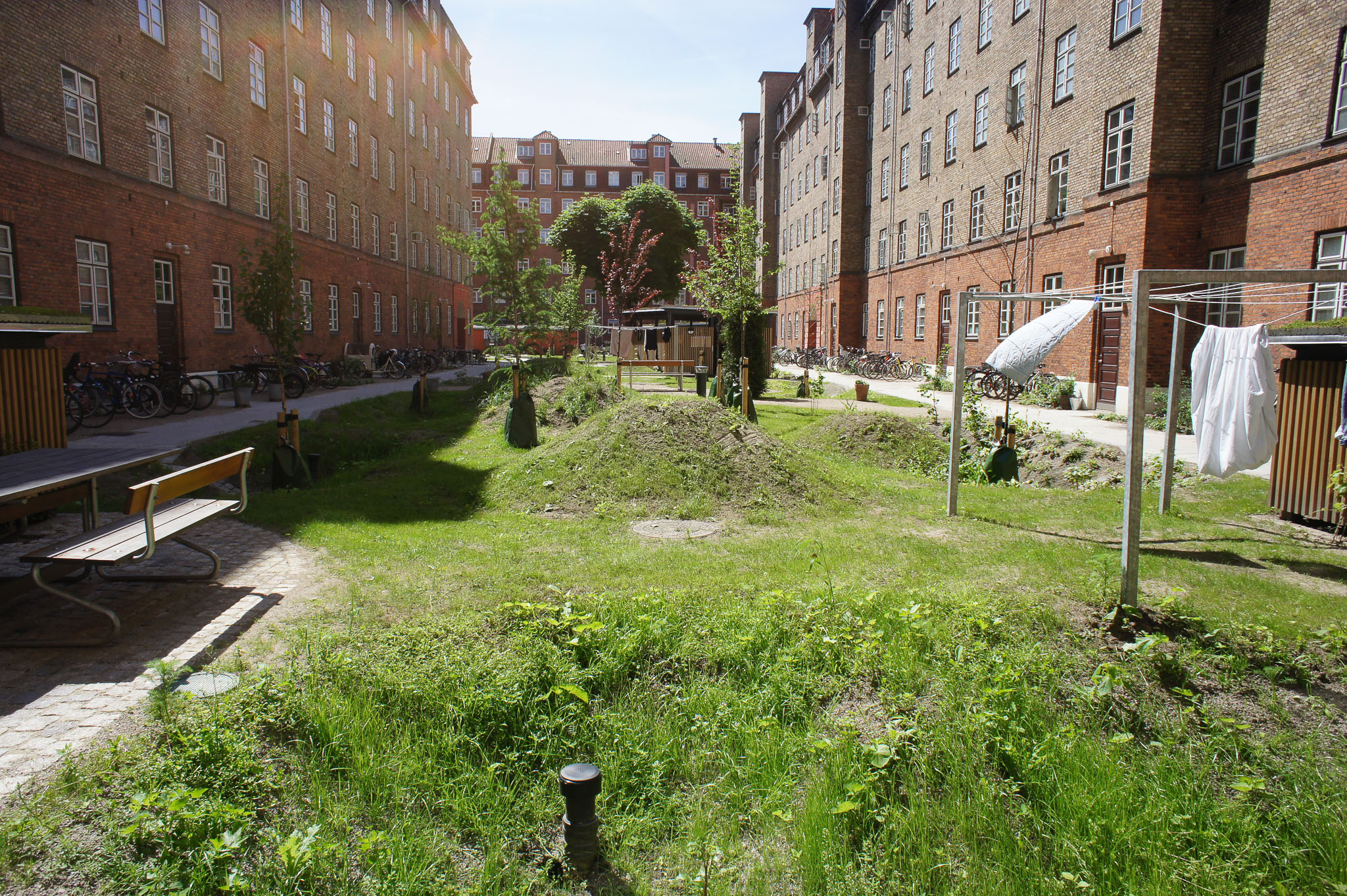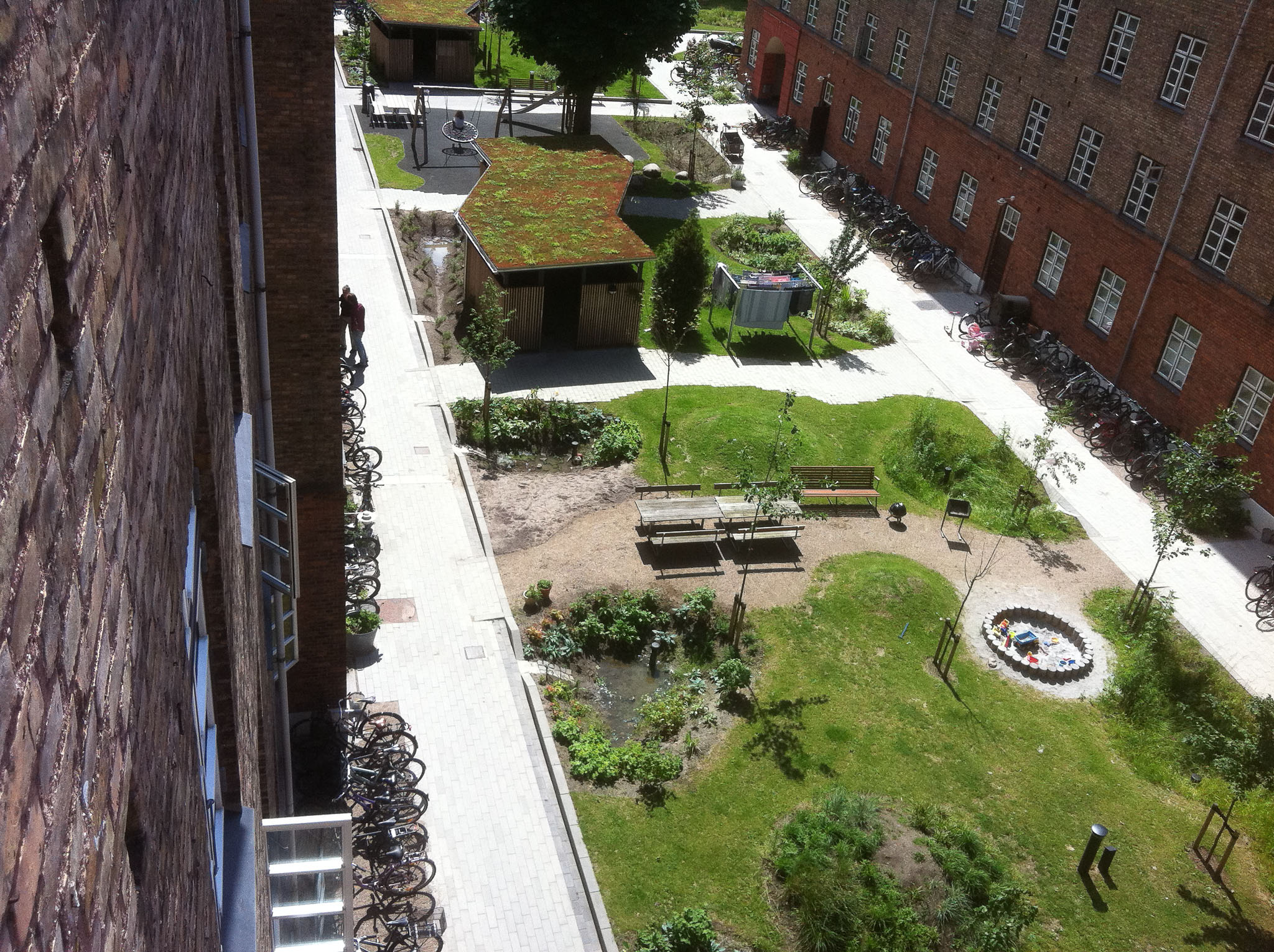Solution provider

Niels Lützen Landskabsarkitekter is a Copenhagen based landscape architecture studio, that specializes in climate change adaptation and have gained great recognition for our expertise and experience with water management and nature-based solutions.
